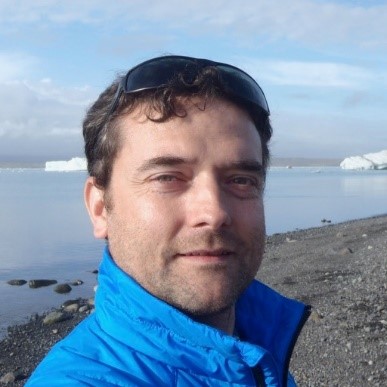Q&A with Juan Varela, Reviewing Editor of Experimental Results, Life Science and Biomedicine section

This is the latest of an ongoing series of interviews with people involved with our new Open Access journal, Experimental Results – a forum for short research papers from experimental disciplines across Science, Technology and Medicine, providing authors with an outlet for rapid publication of small chunks of research findings with maximum visibility.
Can you tell us a bit about your background, and what your current research is focused on?
I did my undergraduate studies in physics in Uruguay and subsequently my PhD in nanomedicine in Ireland with Prof. Kenneth A. Dawson, studying interactions between nanoparticles and different types of cells. As my interest in neuroscience became stronger, I moved to the University of Bordeaux where I worked with Dr. Laurent Groc and Dr. Laurent Cognet on strategies to study living brain tissue at the nanoscale. I subsequently moved to the University of Cambridge to the labs of Dr. Steven F. Lee and Prof. David Klenerman, where I worked developing single-molecule imaging techniques to understand the fundamental mechanisms underlying dementia. Funded by an ERC Starting Grant, I moved to the University of St. Andrews in 2019 to start my research group in the area of neurophotonics. My main research interests lie in developing and applying single-molecule imaging techniques to neuroscience, including both physiological and pathological scenarios. My research puts special emphasis in understanding the biomechanics of the brain’s extracellular space and spreading of protein aggregates during neurodegeneration.
What has been your biggest challenge/greatest achievement in your career so far?
My biggest challenge and achievement has been to perform single-nanoparticle tracking techniques in intact living brain tissue. Together with colleagues in Bordeaux we have developed tools to study the brain at a single-molecule level in such a way that these tools are usable in vivo. My training as a physical scientist has proven to be highly valuable in this interdisciplinary work, developing and applying new quantitative methods where classic neuroscience approaches reach technical boundaries.
Why did you decide to become a Reviewing Editor?
I see it as a concrete way of contributing to a more sustainable and responsible way of doing research. Much of what happens in our labs unfortunately goes unpublished because it might not be a necessary piece of a traditional publication, despite being scientifically sound. The publication of concise sets of experiments will help to maximise the impact of our research and avoid unnecessary duplication of work.
What excites you about Experimental Results?
The model Experimental Results has adopted will be a fantastic tool to accelerate the pace at which labs work and disseminate findings, by rapidly releasing experiments that might be important for the field without the need of fitting them in the context of a large publication. At the same time, laboratories can use this platform to publish concrete improvements to previously published methods, models, etc. and have a more efficient impact in their field.
Find out more about the journal, or submit your research here






